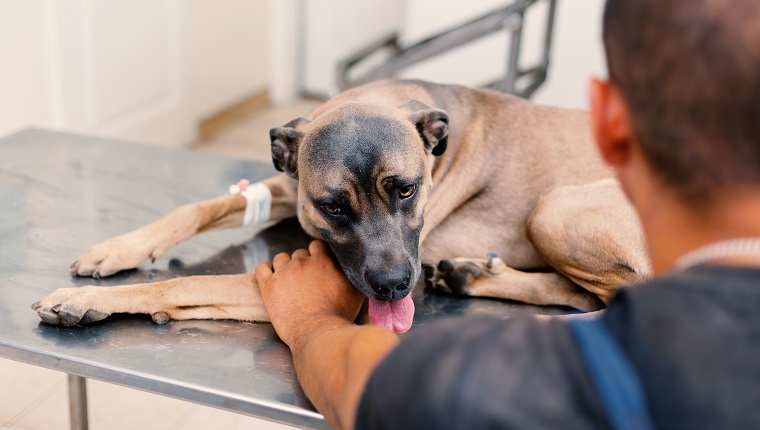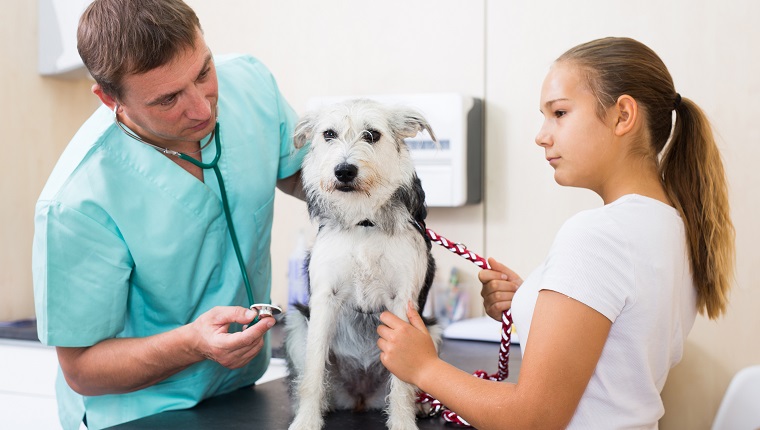Arteriovenous fistula in dogs is a condition where a passage, called a fistula, appears and, in turn, affects the blood flow between arteries and veins. It can lead to a dog’s heart having to work harder, which can then result in a case of congestive heart failure.
The condition can occur in many different areas of a dog’s body and is often caused by an accident or trauma.
If you see concerning signs or symptoms, then you must consult your veterinarian for a proper diagnosis and course of treatment. Here’s what you should know about the symptoms, causes, and treatments of arteriovenous fistula in dogs.
Symptoms Of Arteriovenous Fistula In Dogs
The symptoms of arteriovenous fistula in dogs usually depend on precisely where the fistula is located. Many times, the condition appears as a lesion around the affected area, which might lead to some of the following symptoms:
- Swelling
- Gangrene
- Feeling lethargic
- Ulcers forming
- Scabs forming
In more severe case, dogs might suffer from difficulty breathing, experience a higher than usual heart rate, and develop a cough.
Causes Of Arteriovenous Fistula In Dogs

The cause of arteriovenous fistula in dogs is most often some sort of trauma that damages the blood vessels. This might happen during an accident, during a surgery, or even when drawing blood in some cases.
Occasionally, dogs can have the condition at birth. However, this is considered to be rare.
Treatments For Arteriovenous Fistula In Dogs
If you think your dog might be suffering from arteriovenous fistula, your veterinarian will want to conduct a full physical examination along with asking about any recent incidents that might have caused the condition. Vets also often suggest the use of an ultrasound and an echocardiogram for a diagnosis.
Once the vet confirms the diagnosis, there are two main options for treatment. The first is a surgery to correct the fistula. The second is to use a catheter inserted into the fistula to help direct the blood flow.
In both cases, vets recommend that recovering dogs keep returning for regular checkups to monitor the situation.
Has your dog ever suffered from arteriovenous fistula? Did your vet help your pet recover? Then tell us all about it in the comments below!









